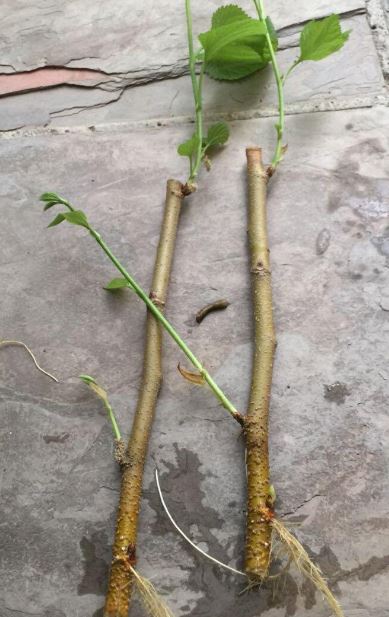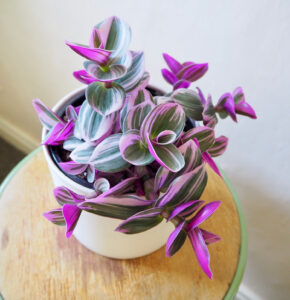Mulberry Tree

Mulberry trees are deciduous trees that belong to the genus Morus and the family Moraceae. They are known for their sweet and juicy fruit, which is often used in jams, pies, and other desserts. Here are some interesting facts about mulberry trees:
- There are several species of mulberry trees, including white mulberry (Morus alba), black mulberry (Morus nigra), and red mulberry (Morus rubra). White mulberry is the most common species and is often grown for its leaves, which are used to feed silkworms.
- Mulberry trees can grow up to 30-40 feet tall and wide, although some varieties are smaller.
- Mulberry trees are native to China, but have been cultivated in many other parts of the world, including Europe, North America, and Australia.
- Mulberry trees are relatively easy to grow and are tolerant of a wide range of soils and climates. They prefer full sun to partial shade and well-drained soil.
- Mulberry trees produce fruit in late spring or early summer, depending on the species and location. The fruit is usually dark purple or black, but can also be white or red.
- Mulberry trees are also valued for their wood, which is strong and durable. It is often used for furniture, flooring, and other decorative items.
- Mulberry leaves are rich in nutrients and are used in traditional Chinese medicine to treat a variety of ailments, including diabetes, high blood pressure, and respiratory problems.
- Mulberry trees are also important for wildlife, providing food and habitat for birds, squirrels, and other animals.
- Mulberry trees have a long history of use in human culture, and are associated with various myths and legends. In ancient Greece, mulberries were said to have been blackened by the blood of the gods, while in China they were believed to symbolize good luck and prosperity.
Care Guide
Taking care of black mulberry cuttings involves several important steps to ensure that they grow into healthy plants. Here are some tips:
- Choosing the right cutting: Select a healthy branch that is at least 8-10 inches long and has no signs of disease or damage.
- Preparing the cutting: Remove any leaves from the lower two-thirds of the cutting and make a clean cut at the bottom, just below a node. Dip the cut end in rooting hormone powder to encourage root growth.
- Planting the cutting: Use a well-draining potting mix and a container that is at least 6 inches deep. Make a hole in the soil with a pencil or stick and insert the cutting, firming the soil around it.
- Providing proper conditions: Keep the cutting in a warm, bright location, but out of direct sunlight. Water the soil regularly to keep it moist, but not waterlogged. Cover the cutting with a clear plastic bag or dome to maintain high humidity.
- Monitoring for growth: Check the cutting regularly for signs of new growth, such as leaves or shoots. Once it has started to grow, gradually acclimate it to lower humidity by opening the bag or dome for longer periods each day.
- Transplanting: Once the cutting has developed a strong root system and is growing well, it can be transplanted into a larger pot or planted in the ground. Make sure to choose a sunny location with well-draining soil. Water regularly and fertilize as needed to promote healthy growth.


